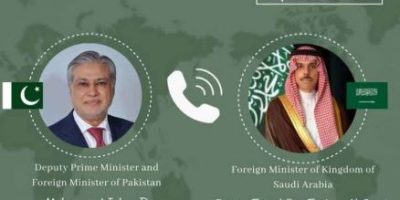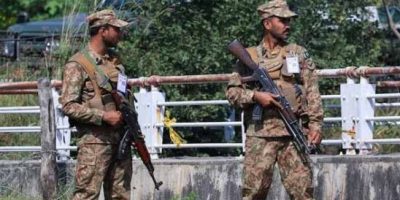“Electoral Trend in Iran is Changing due to Social Media”, says Iranian expert

DNA
ISLAMABAD: “The current pattern of conservatism and reformism would change in Iran”, said Mr. Pooya Mirzaei. He was speaking at the event hosted by Iran Program of Institute of Regional Studies, Islamabad.
Mr. Mirzaei highlighted that the Middle East, West Asia and South Asia did not have any record of holding elections prior to the arrival of western culture. While the civilization of this region was much older than the western civilization, the concept of democracy actually prevailed in the west, he added. While analyzing the low voters’ turn out in the elections, Mr. Mirzaei argued that lack of voters’ participation didn’t mean the opposition to the system. In fact, many countries in the west had much less voters’ participation. He further alluded to the fact that opposition of Iran mainly resided outside of the country.
When asked about the future of reformist front, Mr Mirzaei reasoned that reformists were still a powerful minority within the parliament. He also mentioned that unlike the popular narrative, Supreme Leader seat in Iran was not an unelected post, instead, the leader was elected through the Assembly of Experts who contested elections every eight years through city councils. In this sense, the system of Iran was quite similar to the electoral systems of France and the US, Mr. Mirzaei debated.
Mr. Fraz Naqvi, the head of Iran Program said that elections in Iran reflected the divisions within the conservative camp as four separate coalitions of conservative faction came at top. He further argued that the differences within the Iranian coalitions were not the manifestation of deep-rooted disagreements that could disrupt the state’s system, instead they were reflective of Iran’s vibrant electoral culture. While concluding, Mr. Naqvi predicted that these elections would prove crucial for the upcoming presidential elections in Iran in 2025.
Related News

Dar, Saudi foreign minister discuss regional situation in phone call
ISLAMABAD, DEC 30: /DNA/ – Deputy Prime Minister and Foreign Minister, Senator Mohammad Ishaq DarRead More

Pak conflict with India, Afghanistan may escalate into clashes
American think tank warns rising regional flashpoints could threaten global peace next year Centreline ReportRead More


Comments are Closed